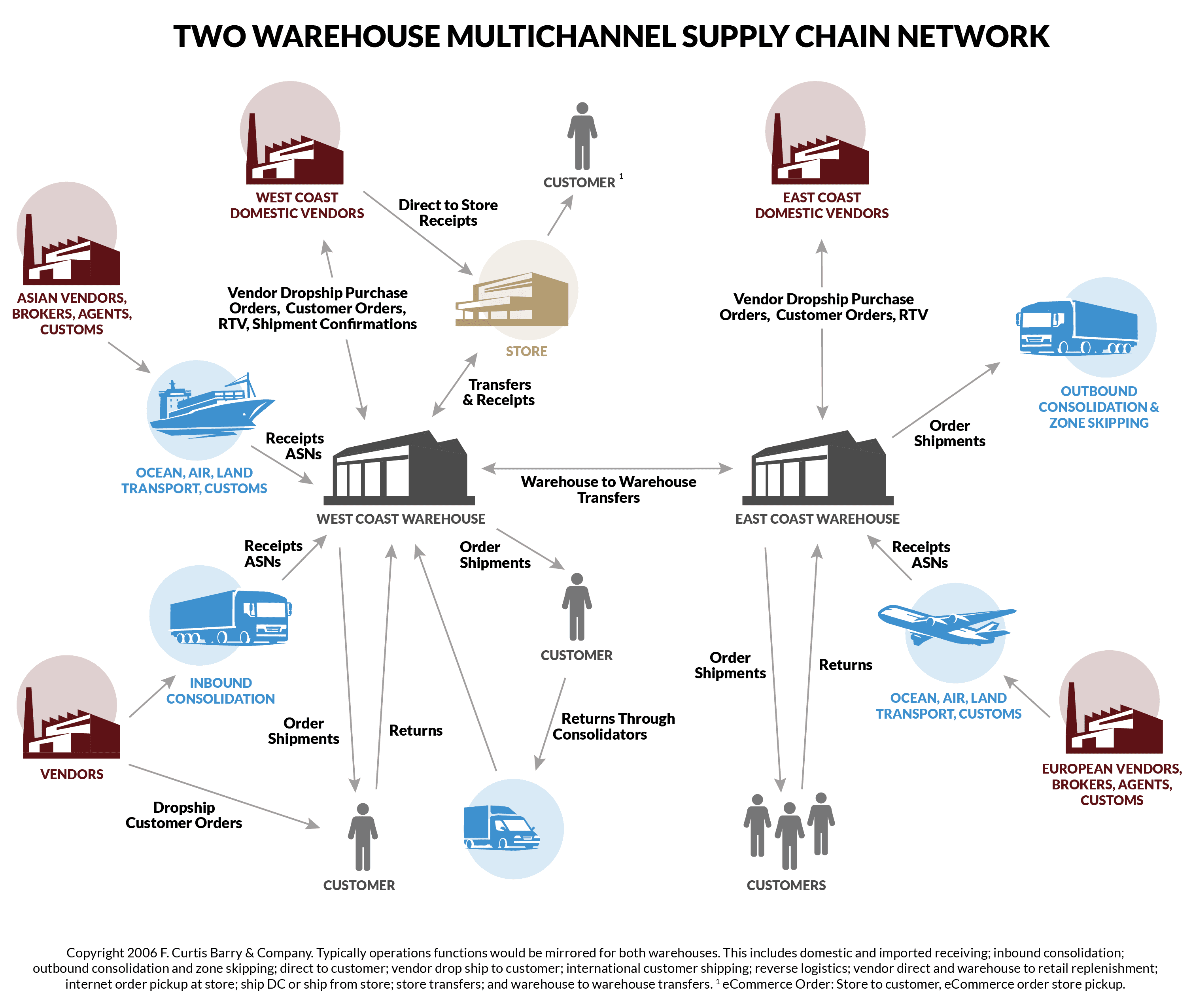
Optimize Your Supply Chain: Efficiency and Cost Savings
admin
- 0
Efficiency and cost savings are crucial elements for any successful business. One area where significant improvements can be made is in the supply chain. Optimizing your supply chain can lead to increased productivity, reduced costs, improved customer satisfaction, and ultimately, a more competitive edge in the market.
Understanding the Supply Chain
Before delving into the optimization strategies, it is important to have a clear understanding of what the supply chain entails. The supply chain refers to the flow of goods, services, and information from the initial production stage to the final delivery of a product to the customer. It involves a network of organizations, processes, and activities that work together to meet customer demands.
The Importance of Optimizing the Supply Chain
By optimizing your supply chain, you can streamline operations, reduce bottlenecks, and eliminate unnecessary expenses. This, in turn, leads to a more efficient and cost-effective system that benefits your business in multiple ways.
Increased Productivity
An optimized supply chain improves productivity by minimizing time wastage and maximizing resource utilization. By eliminating redundant processes and improving workflow efficiency, your organization can produce and deliver products faster, resulting in increased output and quicker order fulfillment.
Reduced Costs
Cost savings are a key motivation for supply chain optimization. By identifying areas of inefficiency, such as excessive inventory or transport costs, you can implement strategies to reduce expenses. For example, implementing Just-in-Time (JIT) inventory management can help minimize carrying costs while ensuring products are available when needed.
Improved Customer Satisfaction
An optimized supply chain improves your ability to meet customer demands promptly and accurately. Through enhanced inventory management and effective logistics, you can ensure products are readily available and delivered on time. This leads to better customer satisfaction, increased loyalty, and positive word-of-mouth, all of which contribute to the growth of your business.
Competitive Advantage
Optimizing your supply chain can give you a significant competitive advantage in the marketplace. By streamlining your operations, reducing costs, and improving customer satisfaction, you can differentiate yourself from competitors. A well-optimized supply chain enables you to offer competitive pricing, faster delivery, and superior service, making your business more attractive to customers.
Strategies for Supply Chain Optimization
Now that you understand the benefits of optimizing your supply chain, let’s explore some strategies that can help you achieve these improvements:
Data Analytics
Utilize data analytics to gain insights into your supply chain processes. By analyzing data from various sources, including sales figures, demand forecasts, and supplier performance, you can identify trends, make informed decisions, and proactively address potential bottlenecks or disruptions.
Supplier Collaboration
Collaborate closely with your suppliers to foster strong relationships and improve communication. Sharing information, such as sales forecasts and production plans, can help suppliers better align their operations with your needs, ensuring a smooth flow of goods and minimizing inventory holding costs.
Inventory Management
Achieve better inventory control by implementing efficient forecasting techniques. Regularly analyze demand patterns, monitor stock levels, and adjust ordering processes accordingly. Adopting advanced inventory management systems or using automated solutions can also optimize stock replenishment, reducing the risk of excess or inadequate inventory.
Transportation Optimization
Examine your transportation processes to identify opportunities for optimization. Consolidating shipments, choosing the most cost-effective carriers, and optimizing delivery routes can help reduce transportation costs, minimize delays, and improve on-time performance.
Continuous Improvement
Lastly, supply chain optimization is an ongoing process. Regularly review and evaluate your operations to identify areas for improvement. Encourage employee involvement, seek feedback from customers and suppliers, and stay abreast of industry trends and best practices.
An optimized supply chain brings numerous benefits to your business, including increased productivity, reduced costs, improved customer satisfaction, and a competitive advantage. By implementing strategies such as data analytics, supplier collaboration, inventory management, transportation optimization, and continuous improvement, you can streamline operations and achieve significant efficiency gains. Investing time and resources into optimizing your supply chain will undoubtedly yield long-term benefits and drive your business towards success.

